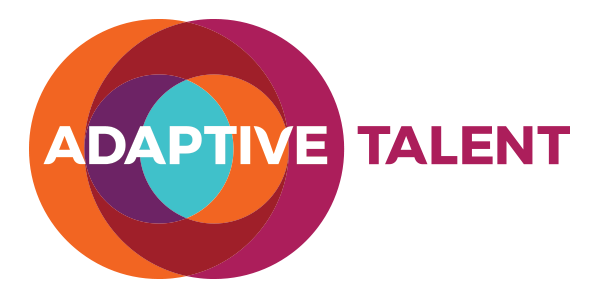I watched a Gartner webinar called “Ask The Experts: The 5 Realities of Remote Work in 2021” and found it helpful and a good reminder for leaders as they navigate the pandemic and working from home expectations and opportunities.
You Cannot Opt Out – We are in the middle of the largest human experiment in workplace history and so far the productivity results are pretty good, all things considered. Although mental health has clearly suffered, and we need to get better at protecting personal time, there have been all sorts of realizations that this new normal is actually better: the digitization of work processes, less travel, greater access to candidates. It’s not the same as being with others in person, but the traditional workplace beliefs about what’s possible with remote have been smashed.
Remote is Part of the Employee Value Proposition – It doesn’t matter if you want to offer it, because everyone else is considering or more open to it by default it is now part of the conversation and expectations of candidates. They cited four types of collaboration and the impact on your real estate strategy:
- Synchronous Work / Co-Located Workforce (Working Together, Together): Dedicated office space, WeWork spaces, cafes, retreats
- Synchronous Work / Distributed Workforce (Working Together, Apart): Microsoft Teams, WebEx, Cloud/Team productivity software
- Asynchronous Work / Co-Located Workforce (Working Alone, Together): Dedicated office space for solo work, or co-located colleague space
- Asynchronous Work / Distributed Workforce (Working Alone, Apart): Home, gym, cafes
Remote Creates Agility – People have been surprised by remote teams’ productivity and nimbleness. The old site-specific “stuff” that used to require people in the office have been dropped or digitized and people have more time to focus on work. The flip side to this is it’s essential to still have fun and connection time outside of task-focused video chats so I expect to see frequent onsites and team building where the human connection is front and center. As one of my colleagues mentioned, “I can’t wait to see people in real life instead of a Zoom square!”
Remote is a Diversity Driver – When we are free from geographic constraints we can recruit people from all locations, albeit likely with time zone considerations. This means better access to talented candidates who previously would not have been considered – or considered you – given location. No need to disrupt a candidate’s family so the risk profile is lower. Holding virtual recruiting events (figure 60 minutes to showcase the company, opportunities, and some 1:1 conversations via break-out rooms) is a very efficient way to build relationships with diverse candidates. It also expands your source of talent outside of your home country (so think South America for North American focused organizations).
Remote Enables Cost Savings –You’ll save money from a reduced real estate footprint, from fewer employees being located in very high cost regions, from reduced attrition as employees are able to take their role with them should they want to move (or a partner needs to move for a job). Over time they expect to see a globalization of salaries for knowledge workers as the compensation for people in lower cost regions reflects the lower cost of living and greater access to acceptable substitute candidates.
2020 has been the year of adapting, albeit forced and rapid adaptation. Now is the time to proactively take advantage of a broader talent base, lower costs, and shifting employee and candidate preferences. In the process, you can work out the “old” ways and redesign how the work is done so you boost creativity, experimentation, agility, and employee happiness.
—
Adaptive Talent is a talent consultancy designed to help organizations achieve amazing results and ongoing adaptability. Founded in 2008 and based in Vancouver, Canada we offer retained search, assessments, total rewards consulting, training, leadership coaching and development programs, and culture & organizational development consulting

